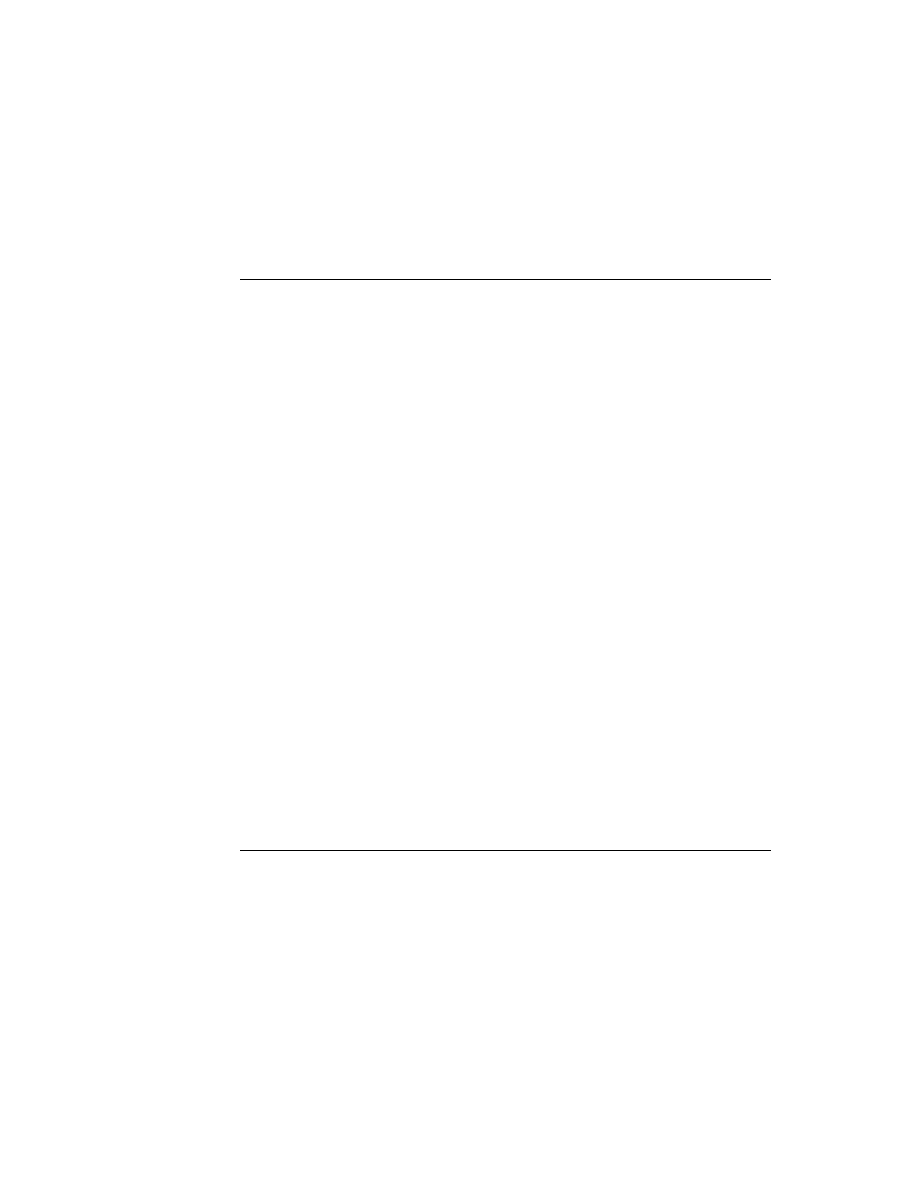
C H A P T E R 2 1
Routing Interface
21-18
Using Routing
Creating a Print Format
21
You create a print format by using
protoPrintFormat
. This proto is required
for routing formats with a
'view
data type, such as views that you would print or
fax. This proto format is actually a view template, which displays the target object
visually. The data to be displayed is laid out as child views of the
visually. The data to be displayed is laid out as child views of the
protoPrintFormat
view.
Here is an example of a format based on this proto:
// in NTK you create a new layout for view formats
MyPrintFormat := {
MyPrintFormat := {
_proto: protoPrintFormat,
symbol: '|myPrintFormat:SIG|,
title: "PrintIt",
ViewSetupChildrenScript: func() begin
symbol: '|myPrintFormat:SIG|,
title: "PrintIt",
ViewSetupChildrenScript: func() begin
// construct child views for first page here
end,
end,
PrintNextPageScript: func() begin
nil;
// construct child views for next page here
end,
// construct child views for next page here
end,
};
For more information about the slots and methods provided by this proto, see
"Routing Format Protos" (page 18-9) in Newton Programmer's Reference.
"Routing Format Protos" (page 18-9) in Newton Programmer's Reference.
Topics unique to
protoPrintFormat
are discussed in the following subsections.
Page Layout
21
The view based on the
protoPrintFormat
proto is automatically sized (in the
ViewSetupFormScript
method) to fit the dimensions of a page on the output
device to which it is being routed. Do not change the values of the
viewBounds
or
viewJustify
slots in the print format view.
You can increase the margins used on the page by setting the
margins
slot. Set
this slot to a bounds rectangle frame, like this:
{left: 25, top: 20, right: 25, bottom: 30}
Each slot in this frame is interpreted as an inset from each edge of the printable
area of the paper in pixels. You must specify only non-negative values, to make
sure that you don't print off the page. The default value of the
area of the paper in pixels. You must specify only non-negative values, to make
sure that you don't print off the page. The default value of the
margins
slot is
{left:0, top:0, right:0, bottom:0}
.
Also, you can control the orientation of the data on the paper by setting the
orientation
slot. Specify a symbol indicating whether to use the paper vertically